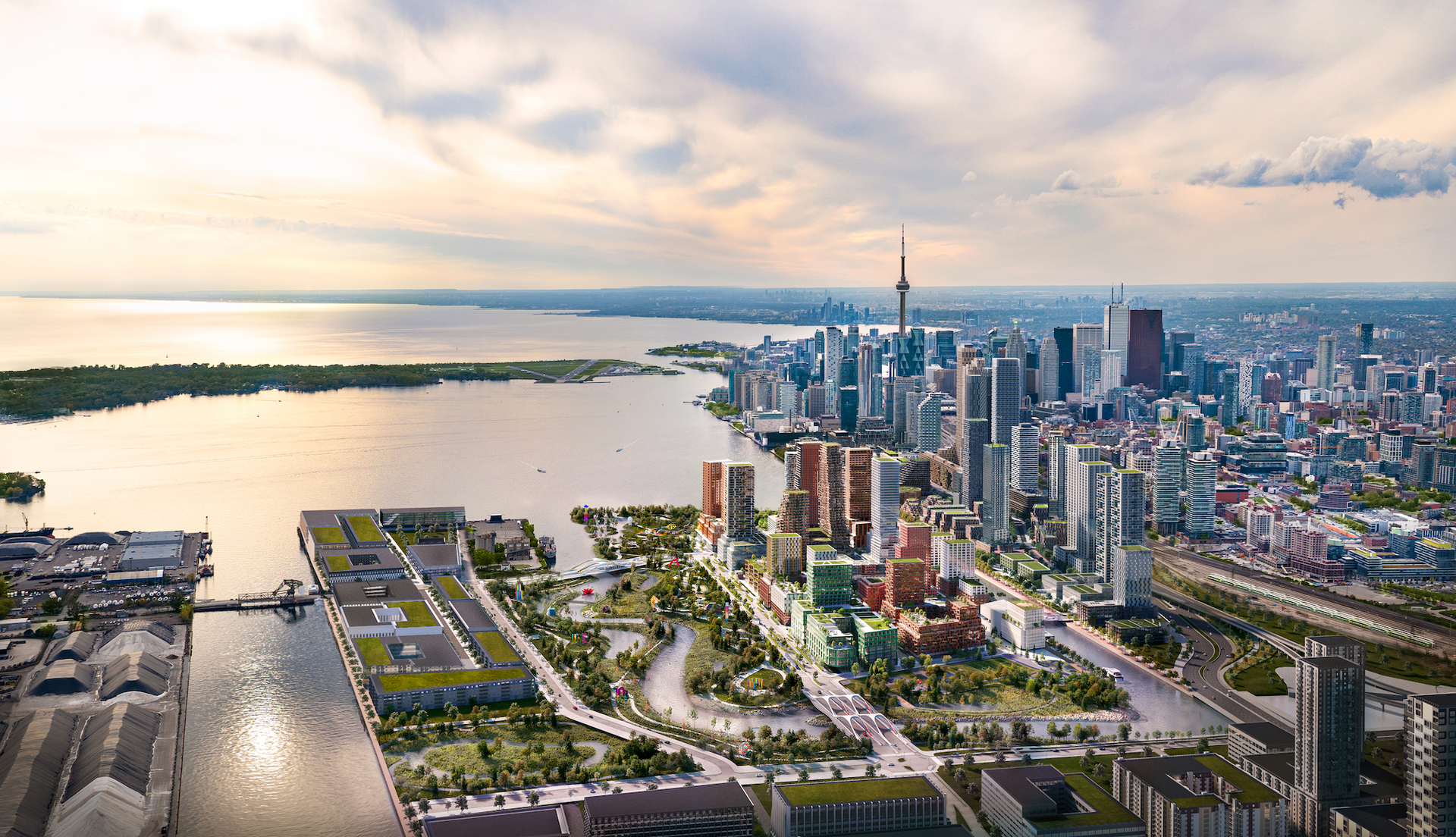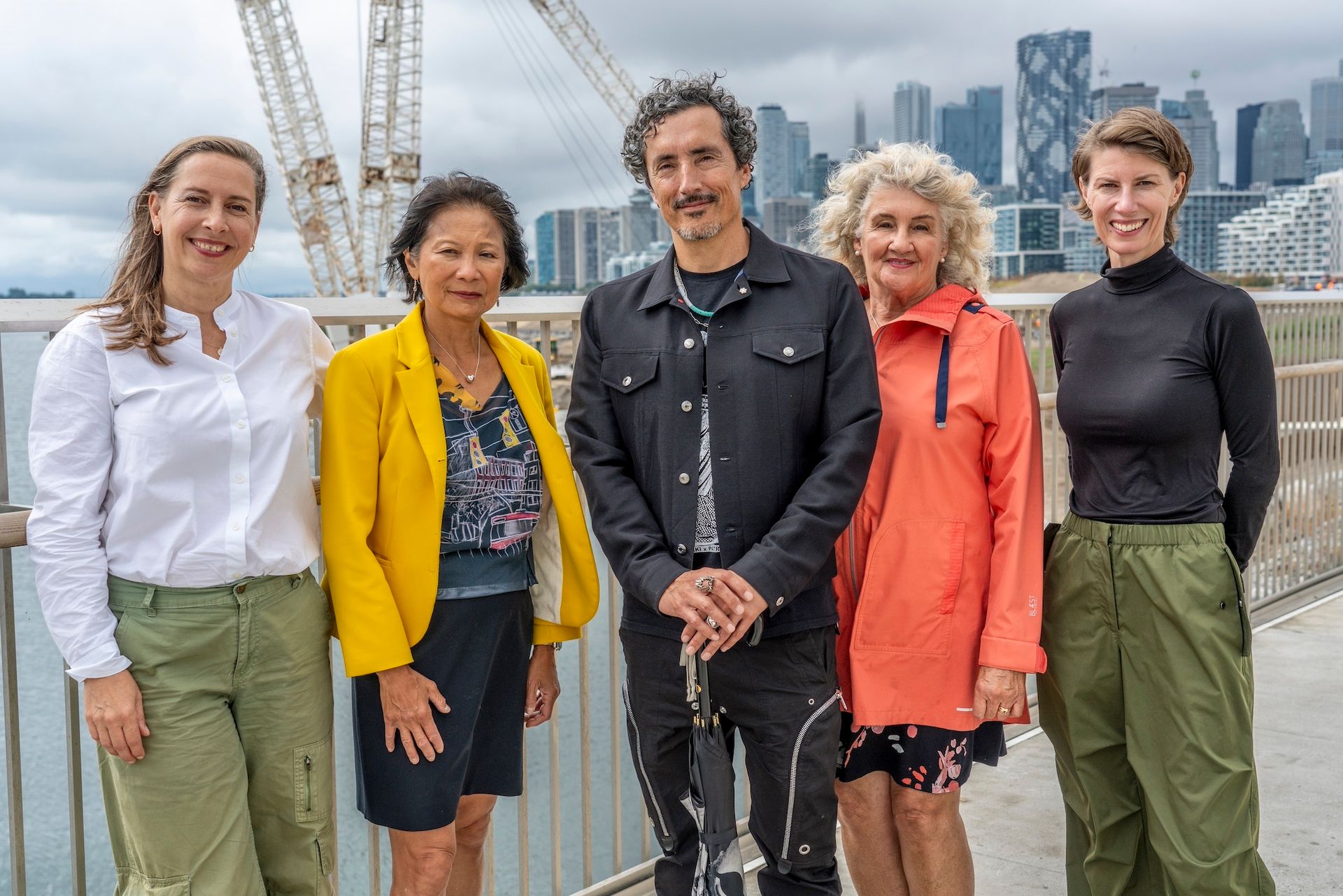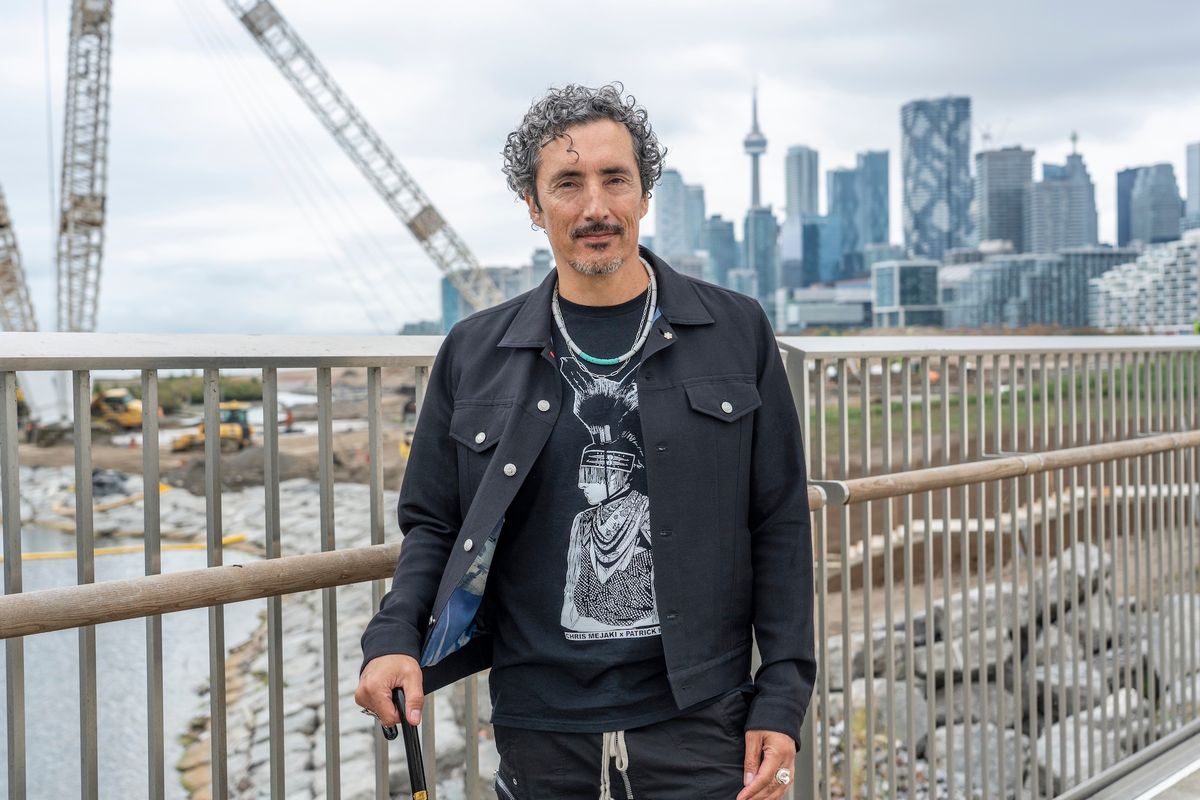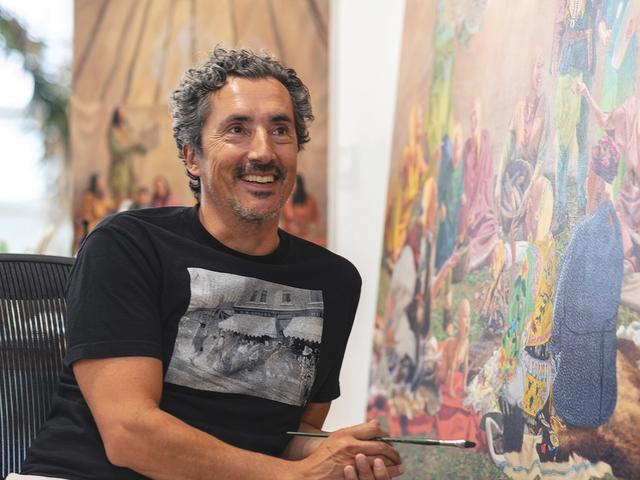The renowned Cree artist Kent Monkman has been awarded the first major commission for the Lassonde Art Trail, which will launch on Toronto’s waterfront in 2026. “It’s important to have an Indigenous artist who has lived and worked in Toronto,” says Chloë Catán, executive director of the Lassonde Art Trail Foundation. “And Kent understands the local waterfront context.”
Monkman will contribute a permanent sculpture to the 4.2km trail, which will include more than a dozen art sites. The path occupies a new, man-made island in the Toronto harbour archipelago on Lake Ontario. Catán says any work for the project must be durable, to be able to withstand weather and public handling for at least 25 years. More than that, she adds, “It’s in the public realm, so it has to be engaging.”
“It’s a privilege and an honour to have Kent Monkman create a unique, large-scale work of art for the Art Trail,” said philanthropist Pierre Lassonde, who gifted around C$25m ($18.6m) towards its realisation and who previously chaired the board of the Musée National des Beaux-Arts du Québec and later the Canada Council for the Arts. “Kent is at the zenith of his career,” Lassonde adds. “His work is inspiring, questioning and fun.”

Rendering of Lassonde Art Trail site on Villiers Island by Norm Li AG+1 Courtesy of Waterfront Toronto
It’s a first for Monkman, who generated controversy several years ago with a depiction of Canadian Prime Minister Justin Trudeau for which he subsequently apologised and who has never made a work of public art before. (In 2020, Monkman unveiled a pair of large-scale history paintings in the Great Hall of the Metropolitan Museum of Art in New York, which the museum subsequently acquired.) A second commission will be announced later in the year, this one involving international artists. This is no small potatoes, as each of the commissions is budgeted at C$5m ($3.7m); the commissioned Art Trail works will become part of Toronto’s Public Art and Monuments Collection.
When the commission was announced earlier this week, Monkman spoke of the importance of water, not only to Indigenous people, but to “really everyone”. Toronto actually takes its name from the Mohawk word Tkaronto, which means “the place in the water where the trees are standing”.

From left to right: Chloë Catán, executive director of the Lassonde Art Trail Foundation; Toronto Mayor Olivia Chow; Kent Monkman; Paula Fletcher, Toronto-Danforth City Councillor; and November Paynter, artistic director and chief curator for the Lassonde Art Trail Foundation Vid Ingelevics
Monkman also touched on the booming city’s diversity, saying: “I want to create an artwork that sends a message to this city—which is home to people from many diverse backgrounds from all over the world—referencing, in a playful way, the many layers of Indigenous presence here.”
On hand for the announcement, Toronto Mayor Olivia Chow said: “Kent Monkman is one of my most cherished artists.” She pointed out that his work will add to the creation of other Indigenous markers across the city, most notably the Spirit Garden soon to open near Toronto City Hall, which is partly a monument to survivors of Canada’s infamous residential schools.



